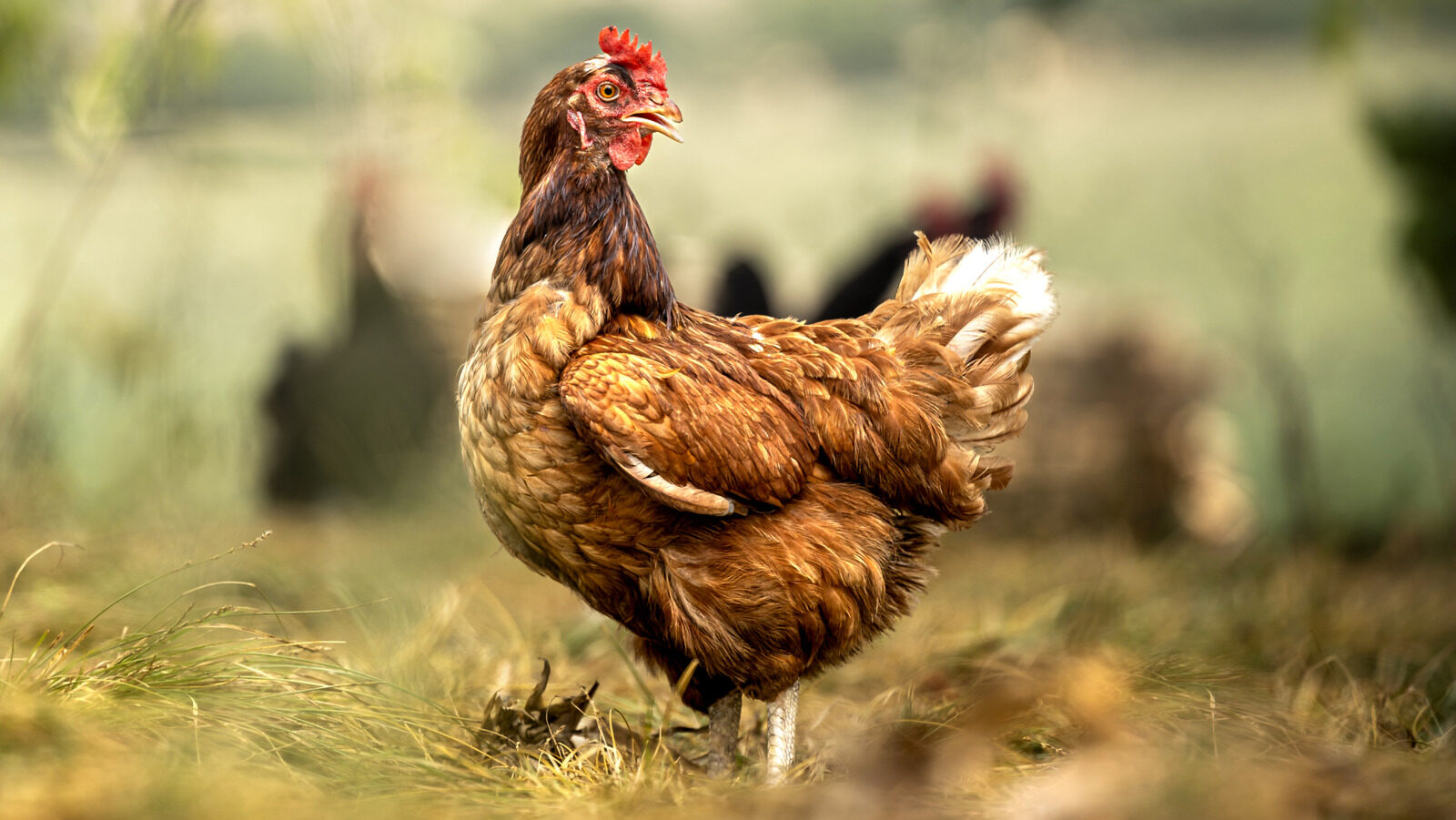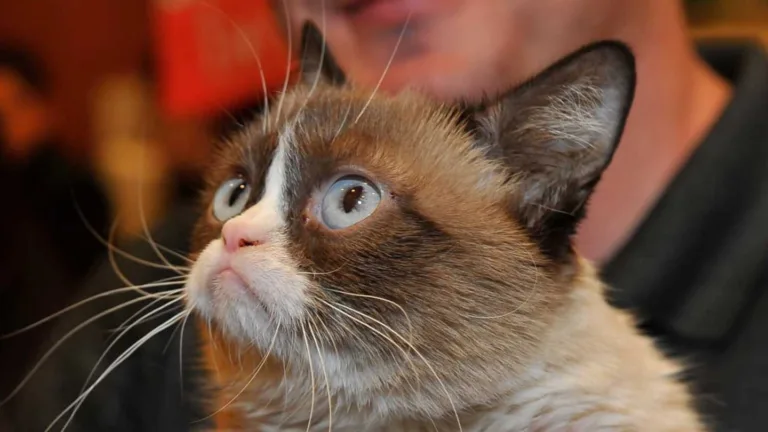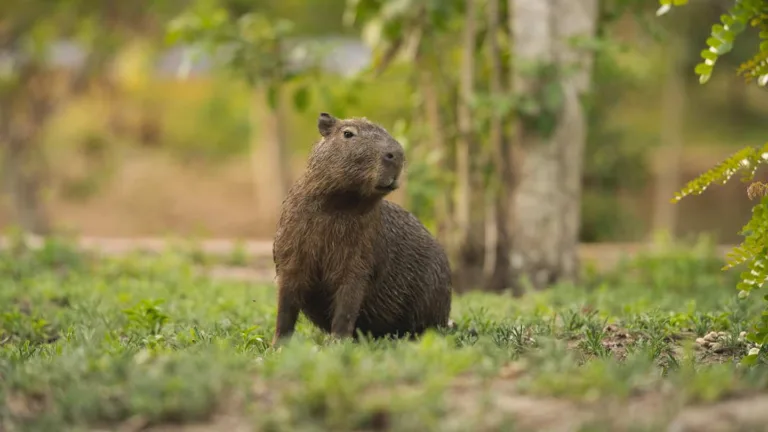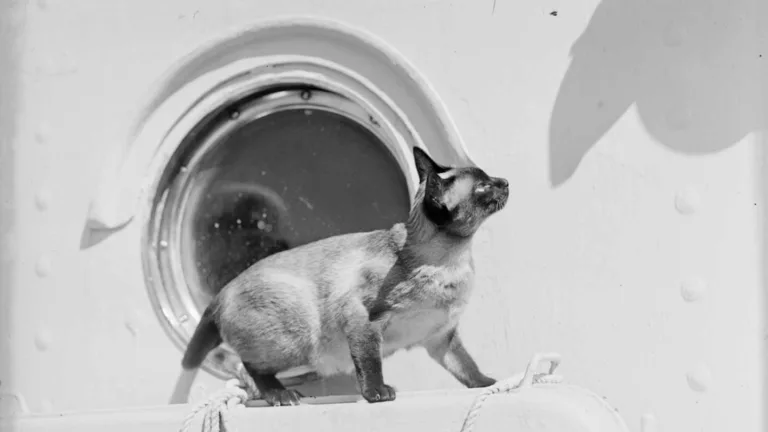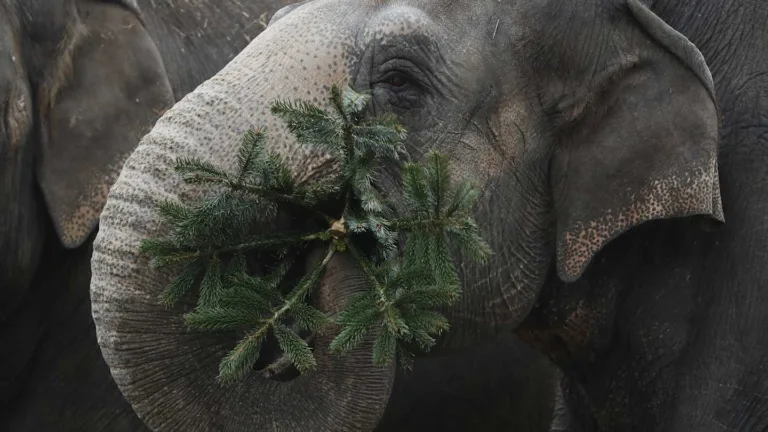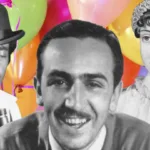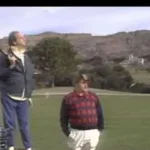Have you ever heard the phrase “running around like a chicken with its head cut off”? It’s a vivid idiom that evokes images of chaos and confusion, but it also raises a fascinating question: how can a chicken continue to move even after being decapitated? The answer lies in the surprising resilience of chickens and the unique structure of their brains. Let’s delve into this extraordinary phenomenon and explore the remarkable case of a chicken that lived for 18 months without a head.
The astounding case of the headless chicken
In September 1945, on a farm in Fruita, Colorado, a couple named Lloyd and Clara Olsen were in the midst of their usual routine of processing chickens when they stumbled upon an extraordinary sight. One particular chicken, after being beheaded, continued to run around frantically, displaying an unexpected vigor long after the others had succumbed. This peculiar sight compelled the Olsens to take a closer look.
When they put the headless chicken in a box overnight, they were amazed to find that it was still alive the next morning. This remarkable bird soon captured the attention of the local community, leading to its rebranding as “Miracle Mike, the Headless Chicken.” With the Olsens’ help, Mike embarked on a nationwide tour, captivating audiences with his inexplicable survival story.
How does a chicken survive without its head?
The survival of a chicken without its head is a phenomenon that can be attributed to several factors. Chickens possess a unique neurological structure that allows for certain brain functions to remain intact even after decapitation. Here are some key points to understand:
- Brain structure: Unlike humans, chickens have a brain that is positioned differently within their skulls. This anatomy can result in a portion of the brain remaining intact even after a clean cut.
- Nerve impulses: The remaining part of the chicken’s brain can still send nerve impulses, which can trigger movement, explaining why a headless chicken can run around immediately after beheading.
- Blood clotting: In Mike’s case, he had a blood clot that prevented excessive bleeding, allowing him to survive without his head for an astonishing length of time.
This unique combination of biological traits not only allowed Mike to survive initially but also to live for an unprecedented 18 months without a head, raising questions about the limits of animal resilience and the functionality of the nervous system.
 Animals Talk Christmas Eve: Myths & Legends of Speaking Beasts
Animals Talk Christmas Eve: Myths & Legends of Speaking BeastsHow long can chickens live headless?
While Mike the Headless Chicken is an extreme example, it’s crucial to recognize that most chickens do not survive long after decapitation. Typically, when a chicken’s head is removed:
- It will show signs of distress for a few minutes.
- Due to their anatomy, they can sometimes move for a short time.
- Most chickens will die within minutes due to blood loss or shock.
In essence, while remarkable cases like Mike’s exist, they are exceedingly rare and not representative of the average chicken experience.
Can a headless chicken lay eggs?
One of the many questions surrounding the phenomenon of headless chickens is whether they can still lay eggs. The answer is no; a chicken requires its head to perform the necessary physiological functions for egg production. The hormones produced in the brain, particularly from the pituitary gland, play a vital role in regulating ovulation. Without a head, these functions are disrupted, halting the egg-laying process.
What happens after a chicken’s head is cut off?
The immediate aftermath of a chicken being beheaded involves a complex interplay of biological responses:
- Initial movement: For a brief period, the body may continue to move due to residual nerve impulses.
- Loss of consciousness: The chicken will quickly lose consciousness due to the severing of the spinal cord and brain connection.
- Bleeding: If the cut is clean and a blood clot doesn’t form, excessive bleeding can lead to death within minutes.
Understanding these processes highlights the differences between chickens and more complex animals, as well as the remarkable adaptability of certain species.
How did Mike the Headless Chicken die?
Despite Mike’s resilience, his life came to an untimely end due to a simple oversight. The Olsens had been feeding him liquid food via an eyedropper and clearing his throat with a syringe. Unfortunately, one night they forgot to bring the syringe with them while on tour, leading to Mike suffocating. This tragic end came 18 months after his initial beheading, a time during which he had become a national sensation and a symbol of survival against the odds.
Lessons from Mike the Headless Chicken
The story of Mike the Headless Chicken serves as a fascinating case study in biology and resilience. It illustrates how certain animals can exhibit surprising survival mechanisms that challenge our understanding of life and death. This case has also inspired ongoing discussions about animal behavior and physiology, leading to a greater appreciation of the complexities of life.
To honor his legacy, the town of Fruita, Colorado, celebrates the “Mike the Headless Chicken Festival” each year, drawing visitors eager to learn about this incredible tale and the science behind it.
The broader implications of headless chickens
Mike’s extraordinary survival has opened discussions about animal welfare and the ethics of livestock processing. It raises important questions about how we treat animals and the knowledge we have about their biology. Understanding the capacity for survival in such extreme circumstances can influence how we approach animal husbandry and humane treatment.
In conclusion, while the idea of a chicken living without a head may seem bizarre, it offers a unique perspective on resilience, biology, and the intricate workings of life. Mike’s tale, while rare, serves as a striking reminder of the unexpected capabilities that exist within the natural world.

